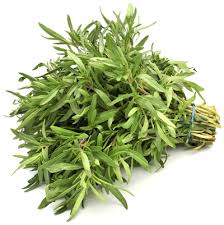
Health Benefits:
Aids in digestion
Aids in intestinal disorders
Aphrodisiac
Fights migraines
Relieves chest infections
Relieves indigestion
Relieves sore throat
Nutrition:
Serving size: 1 tbsp ground; Calories: 12; Fat: 0g; Cholesterol: 0mg; Sodium: 1mg; Carbs: 3g; Fiber: 0g; Sugars: 0g; Protein: 0g; Potassium: 0%DV; Vitamin A: 4%DV; Vitamin C: 4%DV; Calcium: 9%DV; Iron: 9%DV
Did You Know?
- Summer savory benefits are many and have been used for centuries as a cure for various ailments. It was popularly known to be an aphrodisiac.
- Savory is used in herb combinations, such as Herbes de Provence, a French combination of herbs used for seasoning.
- The early colonists brought savory to America to use as an aid for indigestion.
- Summer savory has a peppery taste much like thyme, while winter savory has a more piney taste.
Ways to Eat:
- In stews/ soups
- With bean dishes
- With fish/poultry
- Fresh leaves in salads
- Dried on most anything to add a slight peppery taste
Farming Trivia:
- There are two types of savory: summer savory and winter savory. Summer savory is an annual. Winter savory is a perennial.
- Both can be planted in spring about the time of the average last frost date or started indoors as early as 6 to 8 weeks before the last frost. Both will be ready for harvest about 70 days after planting.
Note: Always consult a physician for any specific health questions and concerns. Some of this information may be subject to change should there be any new findings from Federal Health Administration (FHA), Food & Drug Administration (FDA), American Medical Association (AMA), American Cancer Society (ACS), and / or other leading food, nutrition and medical advisors.

